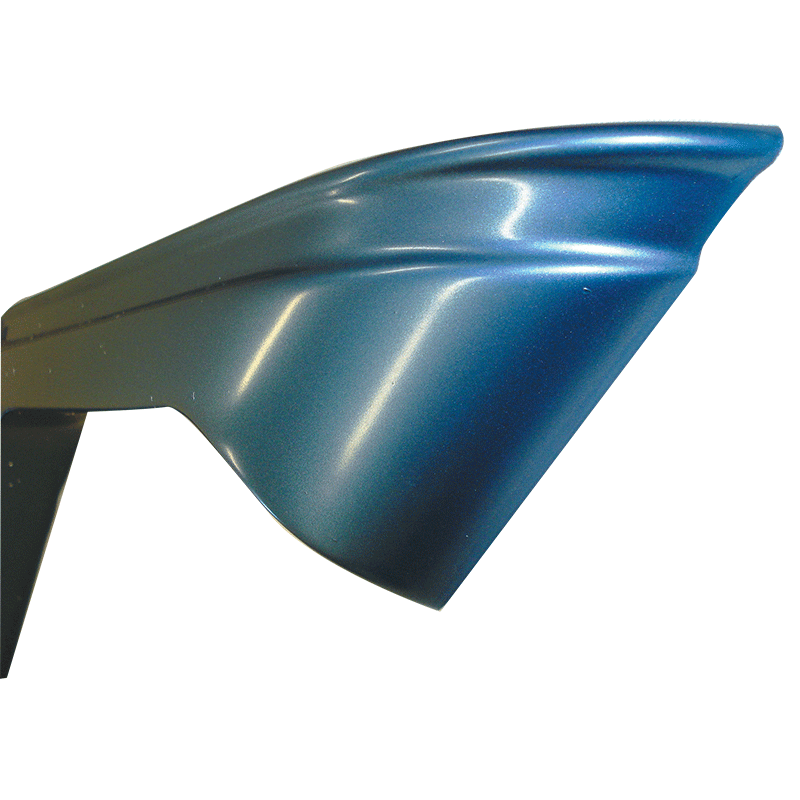

^ Bingelis, Tony: Sportplane Construction Techniques, pages 125-130.Archived from the original on 16 January 2012. "Effects of a fillet on the flow past a wing body junction". Experimental Aircraft Association Aviation Foundation, 1992. ^ Bingelis, Tony: Firewall Forward, pages 269-273.Experimental Aircraft Association Aviation Foundation, 1995. ^ Bingelis, Tony: Bingelis on Engines, pages 196-210.Langley Memorial Aeronautical Laboratory: 2–8. "The Drag of Airplane Wheels, Wheel Fairings and Landing Gear I1 Nonretractable and Partially Retractable Landing Gear" (PDF). ^ Biermann, David Herrnstein, William (June 21, 1934).and Turnock, Stephen R.:"Marine Rudders and Control Surfaces: Principles, Data, Design and Applications" 1st Edition, section 5.3.2.11. ^ Cliche, Andre: Ultralight Aircraft Shopper's Guide 8th Edition, page C-17.Experimental Aircraft Association Aviation Foundation, 1979. ^ a b Bingelis, Tony: The Sportplane Builder, pages 261-265.

Aviation Supplies & Academics Inc, Newcastle Washington, 1997. ^ a b Crane, Dale: Dictionary of Aeronautical Terms, Third Edition, page 206.At the leading and trailing edge it consists of much larger taper and smooths out the pressure differences: High pressure at the leading and trailing edge, low pressure on top of the wing and around the fuselage. On top and below the wing it consists of small rounded edge to reduce the surface and such friction drag. Wing root Wing roots are often faired to reduce interference drag between the wing and the fuselage. Tail cones Tail cones streamline the rear extremity of a fuselage by eliminating any base area which is the source of base drag. Strut-to-wing and strut-to-fuselage junctions Strut end fairings reduce drag at these junctions. Spinner To protect and streamline the propeller hub. They open up as the flap comes down and may also pivot to allow the necessary sideways movement of the extending mechanism which occurs on swept-wing installations. Flap track fairings Fairings are needed to enclose the flap operating mechanism when the flap is up. Fixed landing gear junctions Landing gear fairings reduce drag at these junctions. Fillets Fillets smooth the airflow at the junction between two components like the fuselage and wing. Fin and rudder tip fairings Fin and rudder tip fairings reduce drag at low angles of attack, but also reduce the stall angle, so the fairing of control surface tips depends on the application. Elevator and horizontal stabilizer tips Elevator and stabilizer tips fairings smooth out airflow at the tips. Commonly made from fiberglass, it may also incorporate a windshield. Cockpit fairing Also called a "cockpit pod", it protects the crew on ultralight trikes. It can also cover additional cargo storage or fuel tanks. On aircraft, fairings are commonly found on:īelly fairing Also called a "ventral fairing", it is located on the underside of the fuselage between the main wings. An aircraft wheel fairing, commonly called a wheel pant or spat or, by some manufacturers, a speed fairing Types


 0 kommentar(er)
0 kommentar(er)
